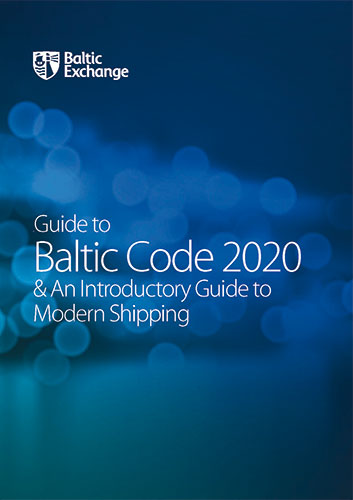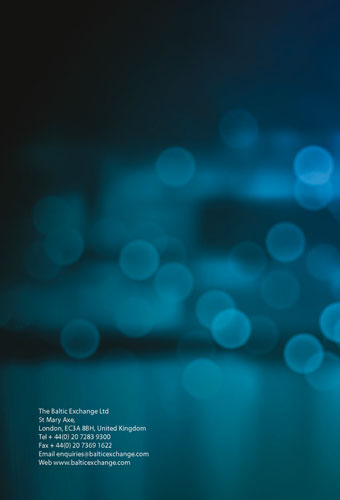Guide to Baltic Code 2020 & An Introductory Guide to Modern Shipping/Руководство по Балтийскому кодексу 2020 и Вводное руководство по современному судоходству
Книга на английском языке.
This document is primarily designed to be a Guide to the New Baltic Code and provides a framework for how the New Baltic Code is applicable to, and can be utilised by, the maritime markets.
It includes the introductory guide to modern shipping and terminology which many new Baltic Exchange Members have found useful.
Capitalised terms used herein and otherwise not defined have the meaning given to them in the New Baltic Code.
The Baltic is the world's oldest shipping market. It traces its name to the Virginia and Baltick Coffee House, established in 1744. At this time, it was used mainly by merchants who had a major trade in tallow from the Baltic seaboard. The Baltic Exchange was reorganised into its modern corporate form at the time of the construction of the original Baltic Exchange building in St Mary Axe which opened in 1903. After this building was destroyed by an IRA bomb in 1992, the Baltic Exchange moved into its current headquarters at 38 St Mary Axe. The Baltic developed into the world’s most prestigious and only international, self-regulated market for matching ships and cargoes and buying and selling ships. Although in the light of modern business practice and international communications, a trading floor is no longer necessary, the Baltic's global Members continue to operate as a shipping marketplace and to apply the highest standards of ethics.




